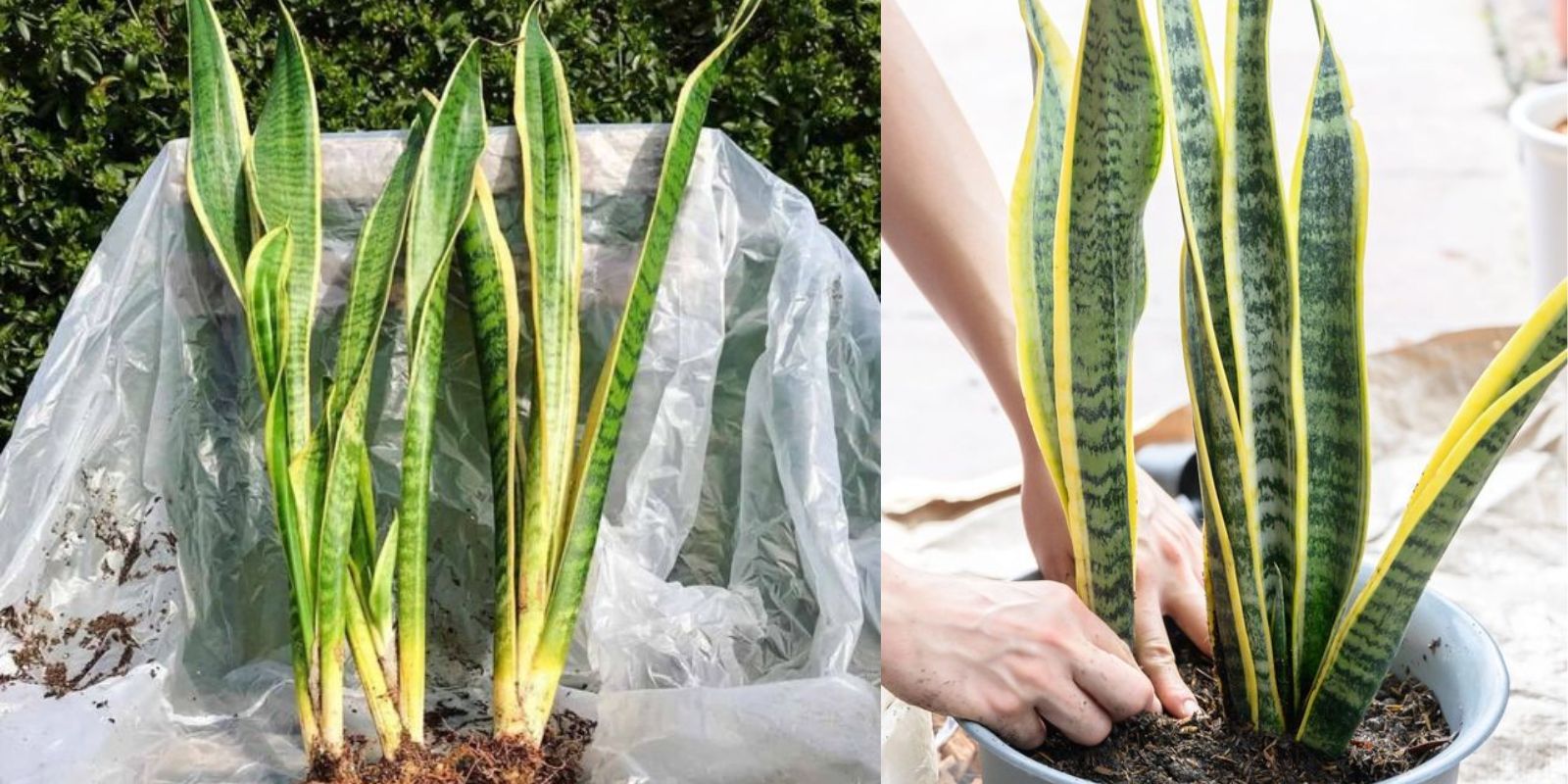The Snake Plant, also known as Sansevieria trifasciata or Mother-in-Law’s Tongue, is a popular houseplant prized for its striking, sword-like leaves and low-maintenance care. While many plant enthusiasts grow Snake Plants for their air-purifying qualities and resilience, fewer people know that these plants can also produce beautiful, fragrant flowers. Achieving this bloom can be a rewarding challenge, adding a delightful fragrance to your indoor space. This article provides a comprehensive guide to making your Snake Plant bloom, covering everything from lighting to watering and environmental conditions.
Introduction to Snake Plants
Snake Plants are native to West Africa and belong to the Asparagaceae family. They are known for their stiff, upright leaves, which are usually variegated with green and yellow stripes. This plant is incredibly versatile and can thrive in a range of conditions, making it ideal for novice and experienced gardeners alike. One of the lesser-known features of the Snake Plant is its ability to bloom. The flowers are usually small, white or greenish, and emit a sweet, pleasant fragrance, particularly in the evening.
Understanding the Blooming Process
The blooming of Snake Plants is not a common occurrence, especially indoors. The plant’s flowers are often seen as a rare treat, and achieving them requires specific conditions. The flowers typically emerge from a long stalk and can produce a cluster of small blooms. While the exact reasons for flowering are not entirely understood, certain environmental and care conditions are believed to encourage this phenomenon.
1. Optimal Lighting Conditions
Snake Plants are adaptable to various lighting conditions but prefer bright, indirect sunlight. Direct sunlight can scorch the leaves, while too little light can stunt growth. To encourage blooming, place your Snake Plant in a location where it receives plenty of filtered light. A spot near a north or east-facing window is often ideal. If natural light is insufficient, consider supplementing with fluorescent lights. Adequate light exposure is crucial as it stimulates photosynthesis, which fuels the plant’s growth and blooming process.
2. Watering Practices
Proper watering is essential for the health of your Snake Plant and its potential to bloom. These plants are drought-tolerant and can survive long periods without water. However, overwatering is a common mistake that can lead to root rot, a condition detrimental to the plant’s health. To avoid this, water the plant sparingly, allowing the soil to dry out completely between waterings. During the winter months, reduce the frequency of watering as the plant’s growth slows. Always use well-draining soil and pots with drainage holes to prevent water from accumulating at the roots.
3. Soil and Potting Requirements
Snake Plants thrive in well-draining soil. A cactus or succulent soil mix is ideal, as it ensures good drainage and prevents the soil from becoming too compacted. When repotting, choose a pot that is only slightly larger than the current one. Snake Plants prefer to be somewhat root-bound, and excessive space can delay blooming. Repotting should be done every 2-3 years or when the plant becomes noticeably crowded in its pot.
4. Fertilization Regimen
Fertilizing your Snake Plant can provide the necessary nutrients for growth and flowering. Use a balanced, water-soluble fertilizer diluted to half strength. Fertilize once a month during the growing season (spring and summer). Over-fertilization can lead to salt build-up in the soil, which may harm the plant. Therefore, it’s essential to follow the recommended dosage and reduce or stop fertilizing during the fall and winter months.
5. Temperature and Humidity Considerations
Snake Plants are quite hardy and can tolerate a wide range of temperatures. However, they thrive best in temperatures between 18-27°C (65-80°F). While they can withstand cooler temperatures, exposure to frost can damage or kill the plant. Keep your Snake Plant away from cold drafts, heaters, and air conditioners. In terms of humidity, these plants are adaptable but prefer moderate humidity levels. In overly dry conditions, consider using a humidity tray or a room humidifier.
6. Creating a Stable Environment
Consistency is key to encouraging your Snake Plant to bloom. Avoid frequent relocations, as sudden changes in the environment can stress the plant and hinder its blooming potential. Maintaining a stable environment with consistent light, temperature, and humidity levels will support healthy growth and flowering.
7. Signs of Blooming and Patience
Snake Plants can take several years to bloom, and this process requires patience. The first sign of flowering is the appearance of a tall, thin stalk emerging from the center of the plant. This stalk will eventually produce clusters of small, white or greenish flowers. The blooms are often fragrant, particularly in the evening, and can last for several weeks.
8. Troubleshooting Common Issues
While Snake Plants are generally low-maintenance, they can still face some issues that may affect blooming:
- Root Rot: Caused by overwatering, this condition can be fatal if not addressed promptly. Ensure the soil is well-draining and the pot has drainage holes.
- Pest Infestations: Common pests include spider mites and mealybugs. Regularly inspect your plant and treat infestations promptly with insecticidal soap or neem oil.
- Leaf Yellowing: This can be a sign of overwatering, poor drainage, or insufficient light. Adjust care practices accordingly.
Conclusion
Achieving a blooming Snake Plant is a rewarding experience that adds beauty and fragrance to your home. While these plants are renowned for their resilience and air-purifying abilities, their flowers are an extra bonus that can brighten up any space. By providing the right conditions—adequate light, controlled watering, proper soil, and a stable environment—you can encourage your Snake Plant to bloom and enjoy its fragrant flowers. Remember, patience and consistent care are crucial. Have you successfully made your Snake Plant bloom? Share your tips and experiences to inspire and help others in their gardening journey!

